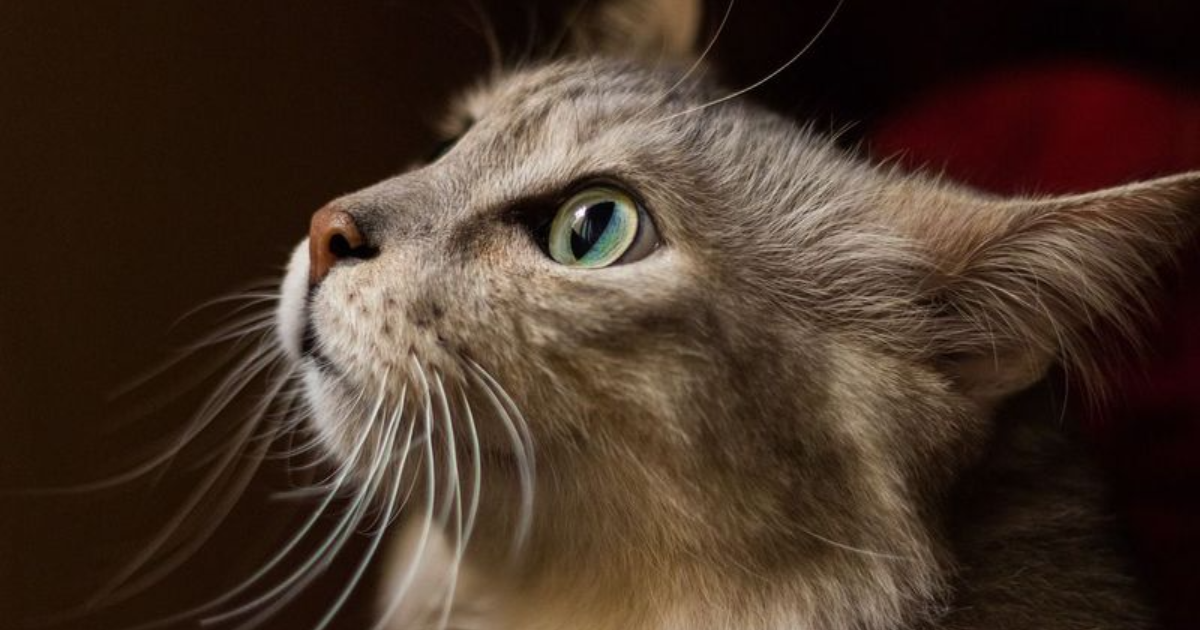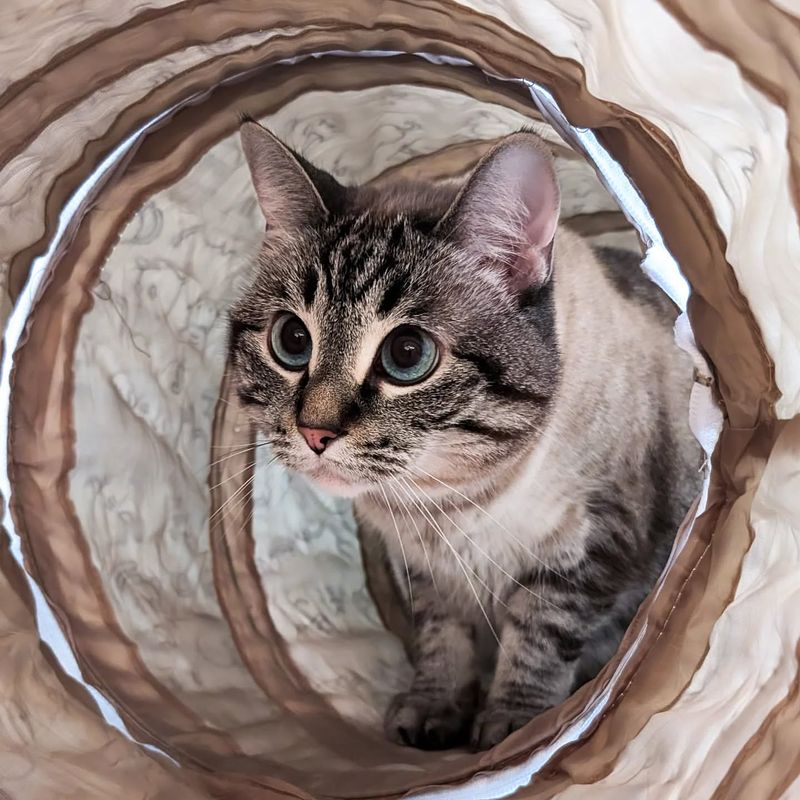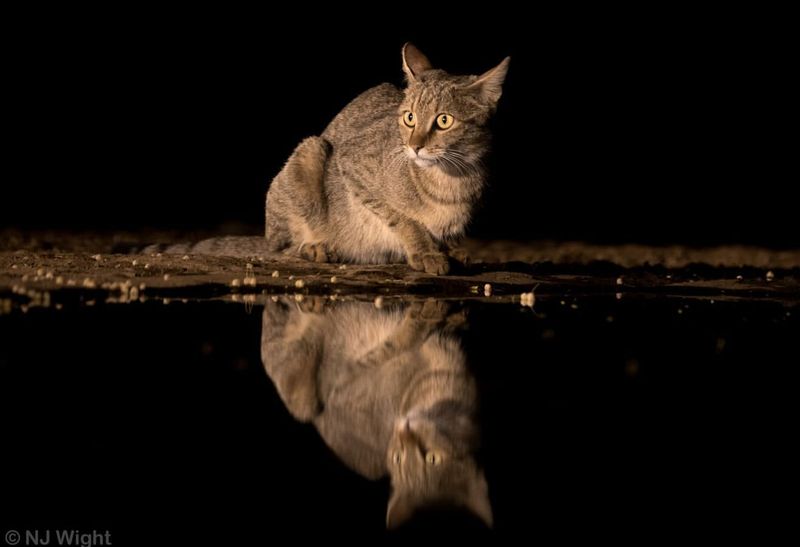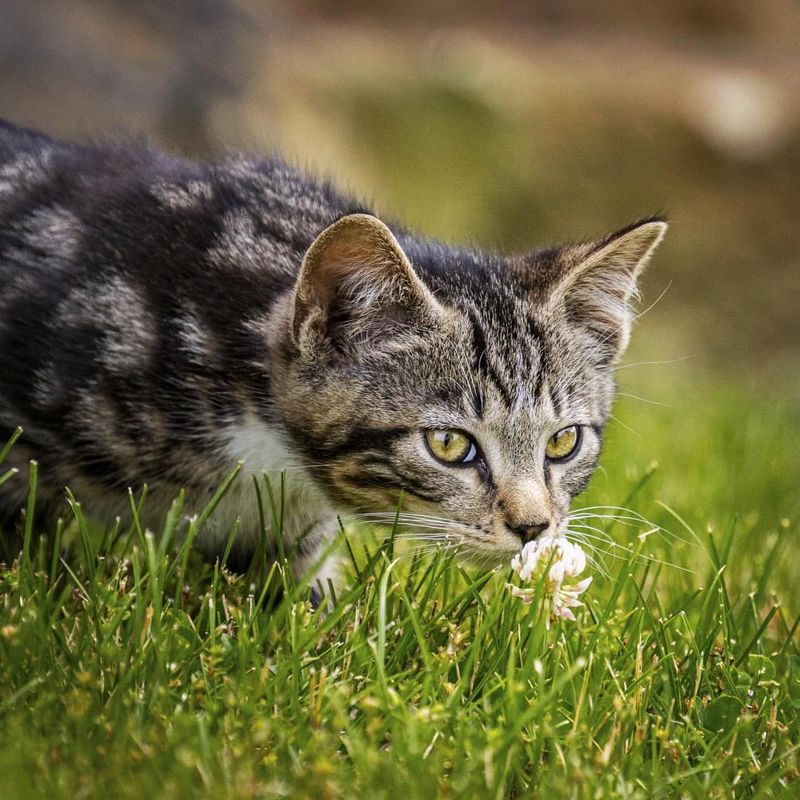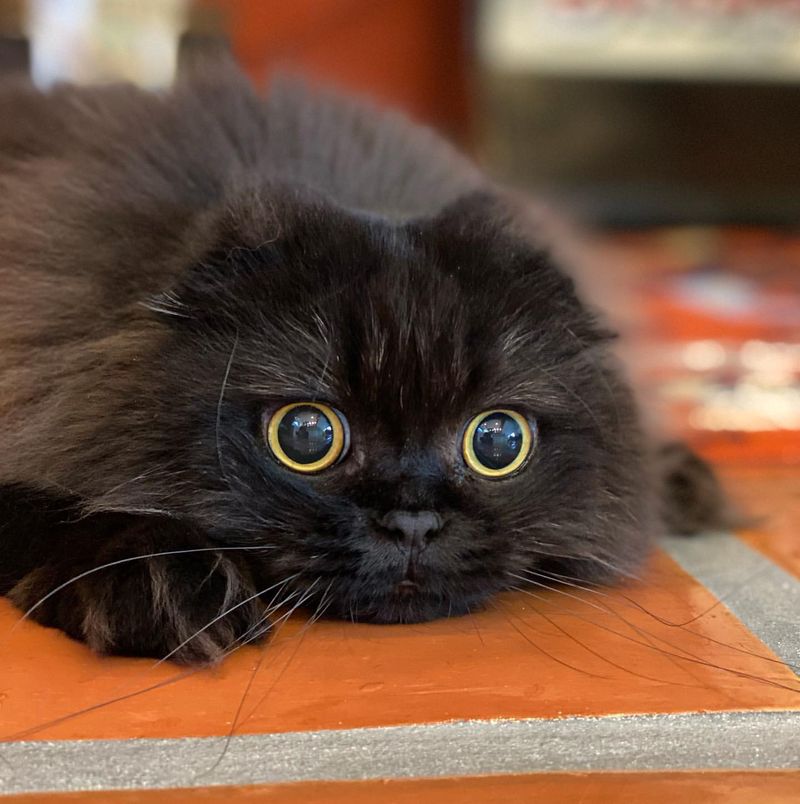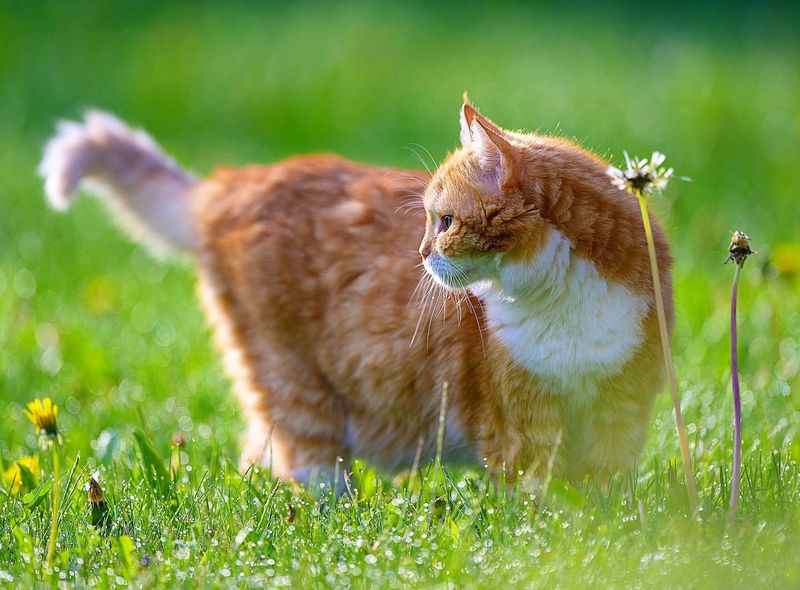📖 Table of Content:
Cats, those enigmatic and endlessly fascinating creatures, are equipped with an extraordinary feature that plays a vital role in their daily lives: their whiskers.
Far more than just a charming detail of their appearance, whiskers are a finely tuned sensory tool, essential for how cats perceive and interact with their surroundings.
These remarkable hairs are packed with sensitivity, helping cats navigate tight spaces, detect changes in their environment, and even assess the mood of a situation before stepping into it.
From exploring the narrowest crevices to gauging the distance of a potential jump, whiskers are an integral part of a cat’s toolkit for survival and adventure.
Here, we’re diving deep into the captivating science and practical magic of whiskers, uncovering just how these delicate, yet powerful sensory organs guide your feline friend’s every move.
1. Whiskers Detect Changes in Air Currents
Cats have an exceptional ability to detect changes in air currents, all thanks to their whiskers. These sensitive hairs, also known as vibrissae, are deeply embedded in the skin, rich with nerve endings. When a cat moves, the whiskers pick up subtle shifts in the air, alerting the cat to nearby obstacles or potential prey.
Imagine a cat walking in the dark. Its whiskers act like a radar system, sensing the environment without needing to see. This ability is crucial for navigation, especially in tight spaces where vision is limited. Such sensitivity allows cats to move gracefully and avoid collisions.
Additionally, the whiskers help cats assess whether they can fit through narrow spaces. As they approach an area, the whiskers provide feedback on proximity to objects, ensuring a safe passage. This remarkable sensory tool is vital for a cat’s survival and daily life, offering insights invisible to the naked eye.
2. Measuring Gaps with Whiskers
Cats often face the challenge of squeezing through tight gaps. Their whiskers serve as a natural measuring tool to judge these spaces. When a cat approaches a narrow opening, it uses its whiskers to gauge whether its body can fit through.
This measuring technique is quite fascinating. The whiskers, which are roughly as wide as the cat’s body, send signals to the brain about the width of the gap. If the whiskers can pass through without bending, the cat knows it can fit.
This sensory ability is not just for curiosity; it prevents cats from getting stuck. By relying on their whiskers, cats confidently explore new environments, ensuring they don’t enter spaces too small for them.
This instinctive behavior showcases how cats use their whiskers as a built-in measuring tape, ensuring their curious nature doesn’t lead to trouble.
3. Whiskers Aid Night Vision
Cats are known for their excellent night vision, but their whiskers play an important role too. When visibility is low, a cat’s whiskers extend forward to sense objects around them, supplementing their sight.
This tactile feedback helps cats hunt and explore in the dark.
While their eyes detect movement, their whiskers identify the shape and proximity of objects. It’s like having an extra set of hands feeling around in the darkness.
At night, a cat’s world becomes a three-dimensional map, with whiskers providing crucial information about the terrain. This guidance allows cats to move silently and efficiently, a necessity for hunting nocturnal prey.
The combination of sharp eyes and sensitive whiskers makes cats adept night-time navigators, turning the dark into a landscape of hidden opportunities.
4. Hunting and Prey Detection
For hunting, whiskers are an indispensable tool for cats. Positioned on the muzzle and above the eyes, they provide critical data about prey movements and positions. As a cat stalks its target, whiskers forward, they detect minute vibrations in the air.
These vibrations, often caused by a nearby animal, inform the cat about the prey’s location. Even without visual confirmation, the whiskers guide the cat’s pounce with precision. This sensory input elevates a cat’s hunting efficiency, often determining success or failure.
Moreover, once the prey is caught, whiskers assist in judging whether it’s alive, ensuring safe handling. This dual function—detecting and capturing prey—underscores the whiskers’ role in a cat’s predatory prowess.
5. Emotional Communication Through Whiskers
Whiskers also serve as a communication tool, conveying a cat’s emotional state. Observant owners can interpret these signals, enhancing their understanding of feline moods.
When a cat is relaxed and content, its whiskers are neutral, neither forward nor back. In contrast, during excitement or alertness, they pitch forward, indicating heightened interest or curiosity. Conversely, whiskers flatten against the face in fear or agitation, acting as a visual cue.
This non-verbal communication aids in cat-human interactions. Recognizing whisker positions can inform owners about their pet’s comfort levels, promoting a harmonious relationship. By “reading” whiskers, one can respond appropriately to a cat’s needs, whether it’s offering comfort or engaging in play.
6. Whiskers Assist in Spatial Awareness
Cats are natural explorers, and their whiskers play a pivotal role in spatial awareness. By extending their whiskers, cats create a sensory map of their surroundings, crucial for navigating cluttered or unfamiliar spaces.
As they move, whiskers brush against objects, providing feedback about nearby obstacles. This tactile information allows cats to adjust their path, avoiding collisions. It’s particularly useful in dimly lit environments or when vision is obstructed.
This spatial mapping ability is akin to a built-in GPS, guiding cats through complex terrains. It ensures they remain agile and confident explorers, whether indoors or in the wild.
By leveraging their whiskers, cats maintain a keen sense of their environment, enabling them to maneuver through life with grace and precision.
7. Whiskers Indicate Health and Wellbeing
A cat’s whiskers can be an indicator of its health and wellbeing. Healthy whiskers are typically full and vibrant, reflecting a cat’s overall condition.
Changes in whisker appearance might signal health issues. For instance, brittle or thinning whiskers could indicate nutritional deficiencies or stress. Observing these changes can prompt timely veterinary care, ensuring the cat remains healthy.
Additionally, whisker fatigue, a condition caused by overstimulation, can affect a cat’s comfort. It’s essential for owners to provide environments that minimize excessive contact with whiskers, like appropriately sized feeding bowls. This understanding of whiskers as health indicators is crucial for cat care, offering insights beyond mere visual cues.
By monitoring whisker health, owners gain a valuable tool in ensuring their feline companions remain happy and healthy.
